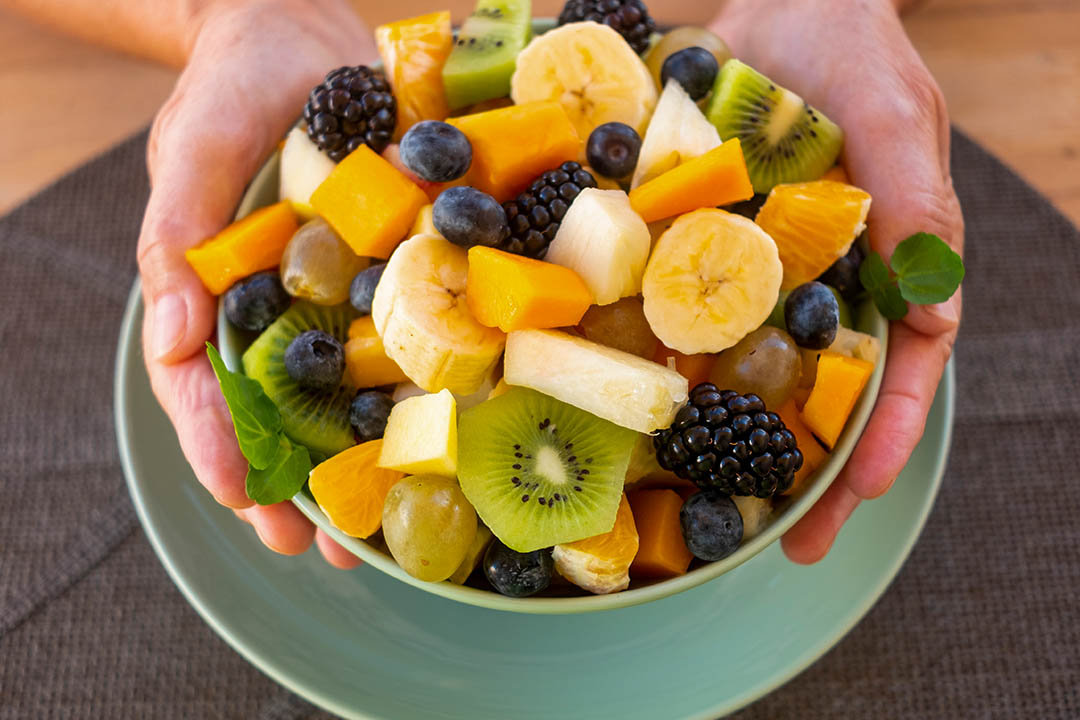24 May 3 Diet Mistakes to Avoid
by Ashleigh Feltham, Accredited Practising Dietitian and Accredited Nutritionist
Diets come and go, and we all know someone who has tried and failed at least once. Quick-fix promises are tempting. To help you succeed, I’ve put together the three most common diet mistakes that stand in the way of you achieving your goals.
Fad Diets
How do you know if you are following a fad diet? It is advertised as a quick weight-loss solution. Sometimes they have celebrity endorsement, such as celebrity chefs (I will not name names here). Fad diets also tend to cut out whole food groups. Cutting all carbohydrates is popular, as is cutting out all fats. It may entail eating from a single food group all day for the body to theoretically metabolise it faster.
What do fad diets all have in common? They are almost impossible to maintain. Cutting out enjoyable food groups can impact social interactions and the freedom to enjoy and choose a variety of foods. The caloric intake is not individualised to your needs, which can lead too energy slumps at the end of every day — a common trigger for comfort food bingeing.
The solution: Follow a balanced diet consisting of the right amounts of all food groups using the Australian Guide to Healthy Eating. If you want more specific advice, see an Accredited Practising Dietitian. These university-educated professionals can correctly tailor a diet for your individual needs.
Unbalanced Meals
Limiting or eliminating a particular food group from your meal can leave you feeling unsatisfied. If you do not have enough protein, you will become ravenous very quickly. Without enough carbohydrates or grains, you won’t have sustained energy to get you through to your next meal, and you will miss out on feeling fuller for longer thanks to wholegrain fibre. Vegetables and fruit are low in energy and high in fibre, and contain beneficial components, like antioxidants, which help you stay healthy.
The solution: Balance your meal. A balanced meal consists of a quarter wholegrains, a quarter lean meat or protein alternatives, like eggs or tofu, and half fruit and/or vegetables. The same components are just as important for snacks. For example, a snack could be a matchbox-size piece of low-fat cheddar cheese with an apple and a couple of wholegrain crackers. A meal could be 100g of chicken breast with half a cup of brown rice or pasta and stir-fried vegetables with olive oil, a heart healthy monounsaturated fat.
No Support or Structure
If you don’t know where you’re going or how you’ll get there, how can you succeed? You need a clearly defined goal to hit your target.
The solution: The right professional, as mentioned above, will give you the help and support you need to develop S.M.A.R.T goals: Specific, Measurable, Attainable, Realistic and Time-bound goals. These will help you achieve small successes before your main goal and ultimate success. Why is this important? To keep you motivated, consistent and make the routine a lifestyle that equals long-term success!

Take home message:
If you undertake extreme, unsustainable tactics to lose weight, ultimately it will lead to failure. Instead, try these strategies. You may find you are able to achieve and maintain your nutrition and health goals.




